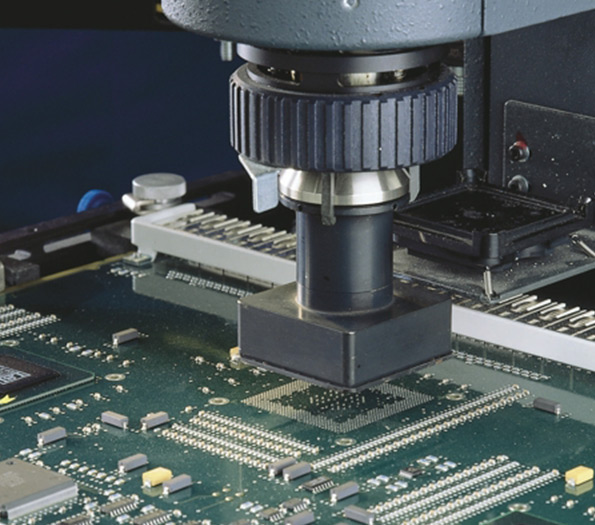

The Significance and Benefits of Acid Etched Laminated Glass
In the realm of architectural design and glass fabrication, acid etched laminated glass has emerged as a popular choice for both aesthetic and functional applications. This innovative material combines the durability of laminated glass with the elegant, frosted finish achieved through acid etching. As architects, designers, and builders increasingly seek unique solutions for contemporary environments, understanding the characteristics and advantages of acid etched laminated glass becomes essential.
Acid etching involves chemically treating the surface of the glass to create a smooth, satin-like finish that is visually appealing and diffuses light. This process allows for varying levels of transparency and opacity, giving designers the flexibility to create customized patterns and designs. The result is not only beautiful but also functional, as it reduces glare and provides a degree of privacy, making it ideal for various applications in both residential and commercial spaces.
One of the most significant benefits of using acid etched laminated glass is its enhanced safety features. Laminated glass itself is composed of two or more layers of glass bonded together with an interlayer, usually made of polyvinyl butyral (PVB) or ethylene-vinyl acetate (EVA). This construction ensures that, in the event of breakage, the glass shards adhere to the interlayer, significantly reducing the risk of injury from sharp edges and flying debris. The addition of acid etching does not compromise these safety benefits; instead, it enhances the glass's aesthetic appeal without sacrificing its structural integrity.
Moreover, acid etched laminated glass offers excellent sound insulation properties. The interlayer used in laminated glass effectively dampens sound transmission, making it an excellent choice for environments where noise reduction is desired, such as in offices, hotels, or residential buildings near busy streets. By incorporating acid etched laminated glass into architectural designs, occupants can enjoy a quieter, more serene atmosphere while benefiting from the elegant appearance of the glass.

In terms of maintenance, acid etched laminated glass is relatively easy to care for. The smooth surface created by the acid etching process makes it less prone to accumulating dirt and grime compared to other types of glass. Regular cleaning with non-abrasive solutions is usually sufficient to maintain its pristine appearance. This low maintenance requirement not only contributes to the longevity of the material but also ensures that spaces remain visually appealing with minimal effort.
Furthermore, acid etched laminated glass is an eco-friendly choice for sustainable building practices. The manufacturing process of laminated glass often incorporates recycled materials, and its durability can contribute to the longevity of buildings, reducing the need for replacements and repairs. Additionally, the ability to incorporate energy-efficient coatings and materials within the laminated structure allows for improved insulation properties, which can help reduce energy consumption in heating and cooling.
The versatility of acid etched laminated glass extends to its application in various aspects of architecture and design. From elegant partitions and room dividers to stunning skylights and translucent facades, this material can be adapted to meet diverse aesthetic and functional needs. It finds use in residential homes, commercial buildings, museums, and even public installations, showcasing its widespread appeal.
As the demand for innovative building materials grows, acid etched laminated glass stands out as a sophisticated option that meets the evolving needs of modern architecture. Its unique combination of safety, sound insulation, aesthetic appeal, and low maintenance makes it an attractive choice for any design project. By leveraging the creativity offered by acid etching, designers can create distinctive environments that reflect their vision while providing practical benefits to occupants.
In summary, acid etched laminated glass is much more than a mere aesthetic enhancement; it is a testament to the integration of art and functionality in architectural design. From enhancing safety and sound insulation to offering design flexibility and ease of maintenance, this material has solidified its place in the glass industry and remains a favored choice for professionals seeking to create inspiring and sustainable spaces. As we continue to explore new possibilities in building materials, acid etched laminated glass will undoubtedly play a significant role in shaping the architectural landscape of the future.